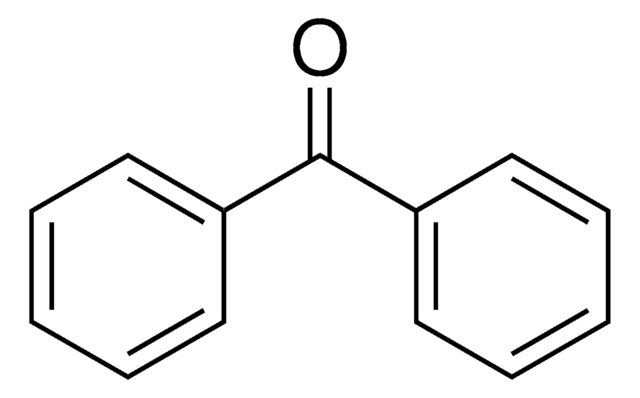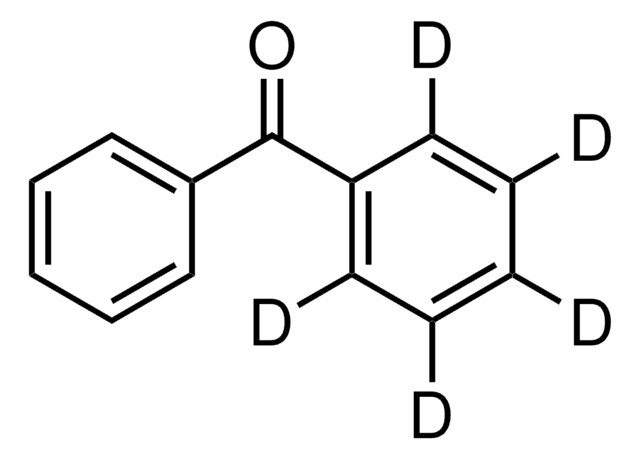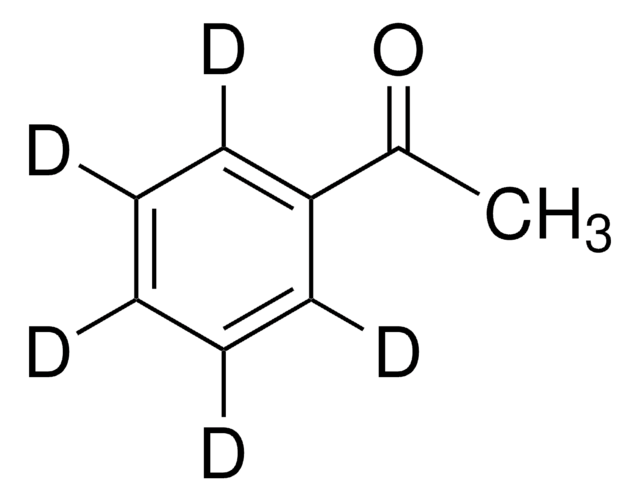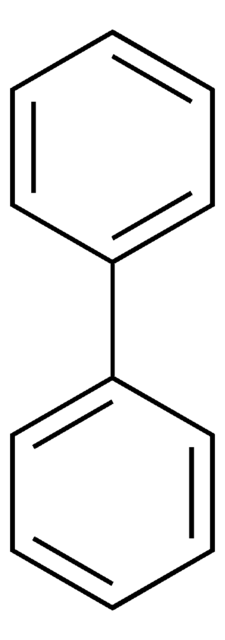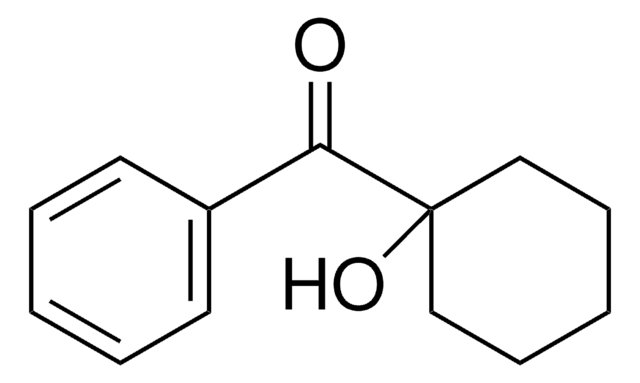471178
Benzophenone-d10
99 atom % D
Synonym(s):
Di(phenyl-2,3,4,5,6)-methanone-d10
About This Item
Recommended Products
isotopic purity
99 atom % D
Quality Level
form
solid
bp
305 °C (lit.)
mp
47-51 °C (lit.)
mass shift
M+10
SMILES string
[2H]c1c([2H])c([2H])c(c([2H])c1[2H])C(=O)c2c([2H])c([2H])c([2H])c([2H])c2[2H]
InChI
1S/C13H10O/c14-13(11-7-3-1-4-8-11)12-9-5-2-6-10-12/h1-10H/i1D,2D,3D,4D,5D,6D,7D,8D,9D,10D
InChI key
RWCCWEUUXYIKHB-LHNTUAQVSA-N
Looking for similar products? Visit Product Comparison Guide
Related Categories
Packaging
signalword
Danger
hcodes
Hazard Classifications
Aquatic Chronic 3 - Carc. 1B - STOT RE 2 Oral
Storage Class
6.1C - Combustible, acute toxic Cat.3 / toxic compounds or compounds which causing chronic effects
wgk_germany
WGK 1
flash_point_f
280.4 °F - closed cup
flash_point_c
138 °C - closed cup
Certificates of Analysis (COA)
Search for Certificates of Analysis (COA) by entering the products Lot/Batch Number. Lot and Batch Numbers can be found on a product’s label following the words ‘Lot’ or ‘Batch’.
Already Own This Product?
Find documentation for the products that you have recently purchased in the Document Library.
Customers Also Viewed
Our team of scientists has experience in all areas of research including Life Science, Material Science, Chemical Synthesis, Chromatography, Analytical and many others.
Contact Technical Service